How can banks introduce futureproof technologies to keep up with their competitors? The series ‘Technology trends for banks’ explores four technology trends that are essential for banks to thrive in a digital society. This article explores the application of DevOps tools and approaches for Machine Learning, better known as MLOps. MLOps helps banks to scale ML models, lower operational costs and deal with urgent data management challenges such as accountability, transparency and ethics.
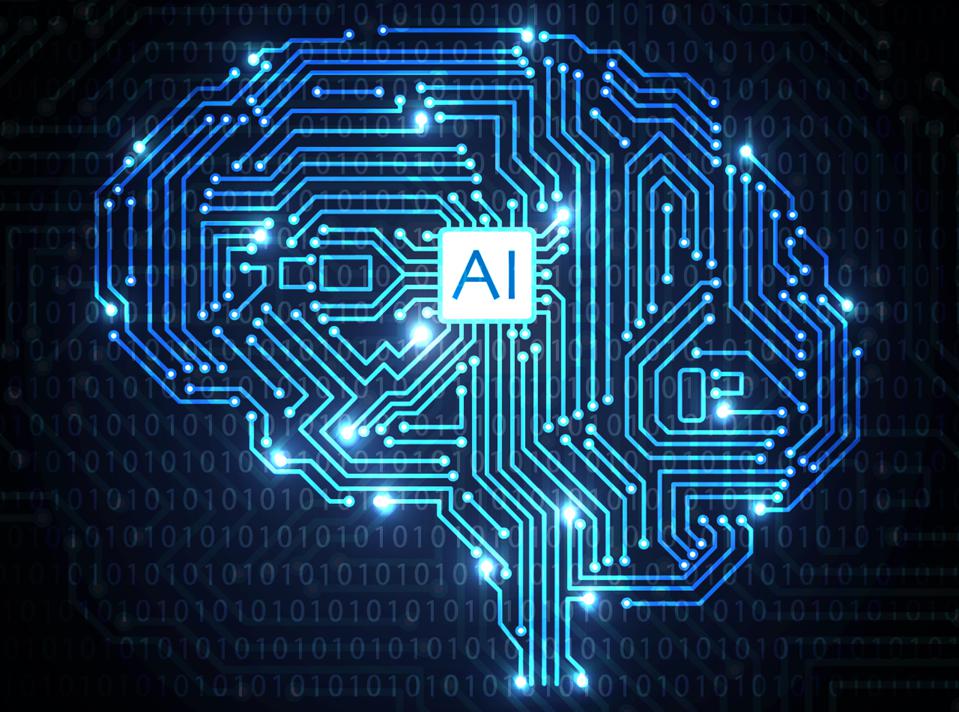
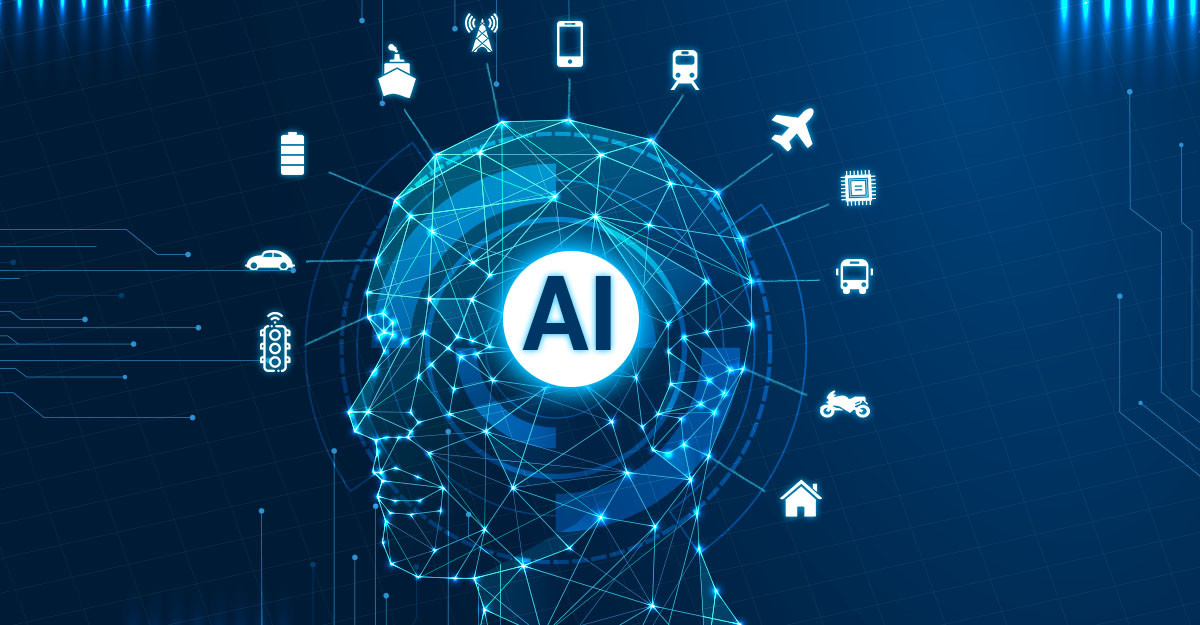
Banks have been relying on data-analytics for a long time, but with Artificial Intelligence (AI) and Machine Learning (ML) technologies they can radically step up their game. “AI and ML are widely seen as key drivers to unleashing a bank’s digital potential,” says Riona Arjoon, manager at Deloitte Consulting, with a focus on data and analytics in the financial services industry. “All the banks are experimenting with AI and ML.”
Yet despite the growth in ML adoption, few organisations manage to realise the broader, transformative benefits of AI and ML. In a survey among nearly 750 business decision-makers, only 8 percent considered their companies’ ML programs to be sophisticated. “A lot of ML projects do not get beyond the proof-of-concept phase,” says Leon Kortekaas, director Cloud Engineering at Deloitte. “They struggle with a lack of expertise and production-ready data, as well as immature development and deployment processes.” AI and ML can transform the way business is done, but only if organisations reshape their operations and structurally embed AI and ML throughout the company, he concludes.
MLOps, which means applying DevOps tools and methods to ML, is the answer to these challenges. “About fifteen years ago, DevOps transformed the way many IT teams delivered applications and services,” explains Arjoon. “By standardising and automating application development, deployment and management, organisations dramatically improved development efficiency, delivery schedules and software quality.” Now, organisations are getting ready to apply DevOps principles to ML. “This may have similar revolutionary effects and will help to realise the transformative benefits of AI and ML,” says Arjoon.
Like DevOps, MLOps features automated development pipelines, processes and tools that streamline ML model development and operations. “It’s an automated sequence to structure your modelling, deployment and management that allows you to get fast feedback,” Kortekaas explains. “It makes the process more transparent and efficient.” Structuring the application of ML models will allow companies to reduce operational costs and scale more quickly, says Kortekaas. He adds that cloud services help to make ML and MLOps easier to use for companies, as they reduce the complexity of having to manage the analytical services and infrastructure yourself. “MLOps creates a highway for ML that everyone can use safely, rather than lots of small dirt tracks.”
Another principle of MLOps is the collaboration between experts in multidisciplinary teams. “Together, data scientists, ML engineers, business analysts and IT-operations professionals design, develop, operate and maintain ML applications in production,” says Arjoon. “Multitalented teams help to create efficiency, scale and business value.”


TMNL, a collaboration of five Dutch banks, already uses MLOps as standard practice. It deploys AI and ML to monitor payment transactions for signals that could indicate money laundering or the financing of terrorism. “At TMNL, the entire data infrastructure is cloud based, which makes it easy to leverage ML,” says Kortekaas, who currently leads the IT track at TMNL from Deloitte. “Tech, business and IT people work together and own the model end to end.”
Other use cases of deploying ML in the banking industry include models to automatically decide whether a consumer of a company is eligible for a loan or a mortgage. “At one bank, we reduced the response time to loan requests from small and medium business owners from several weeks to a couple of minutes with the use of ML,” tells Kortekaas. Arjoon sees opportunities in banks through creating personalised customer experiences. “Customer service agent augmentation is an example where natural language processing algorithms and sentiment analysis can be applied to better understand customers behavior and offer products and services which better suit their profiles.”
Whereas the technical and business opportunities of AI and ML are developing rapidly, Kortekaas observes that companies are lagging when it comes to ensuring governance challenges such as accountability, security and ethics. “ML models are becoming easier to use for people without a technical background,” he says. “This opens up amazing opportunities, but also results in a higher risk of data leakage.”
MLOps helps to mitigate these risks and address data management challenges such as accountability and transparency, regulation and compliance, and ethics. “By standardising and automating ML models you can embed ethical, regulatory and cybersecurity requirements in the MLOps pipeline,” says Arjoon. For instance, banks can provide consumers insights into automated decisions. If you deny someone a mortgage based on an AI model’s outcome, you can explain it to a customer. “With MLOps, you can set up your AI and ML models in such a way that every modification is recorded,” says Arjoon. “This helps to make your model auditable.”


MLOps enables multitalented teams to work together more efficiently and to get more done in a standardised manner. By creating automated development pipelines, processes, and tools that streamline ML model development and operations, banks can scale ML models and reduce costs. Moreover, MLOps allows AI and ML teams to promote trust by embedding accountability and transparency, regulation and compliance, and ethics.
Last but not least, automating the more mundane tasks with MLOps will give AI and ML professionals more time for exploration and innovation. “MLOps makes the work more fun interesting,” says Kortekaas. “This is an important factor to attract and retain scarce tech and data talent.” In the forthcoming years, MLOps will become a standard practice and an important driver for change in the banking industry, says Arjoon. “Several banks are thinking about MLOps on a strategic level,” she says. “Now it is time to make it a reality.”
Digital health is certainly transforming healthcare industry. Rather than calling the doctor’s office to request results or change billing information, patients are simply accessing their hospital’s self-service portal using their computers or mobile devices. Today, hardly anyone goes out jogging without a fitness tracker, and some of these wearables are sending real-time information directly to the doctors office. Artificial intelligence, analytics, and deep learning are all making inroads in the emerging modern healthcare sector. Also, patients are increasingly leveraging social media platforms to share health related knowledge. All of these trends rely on a common asset: data.
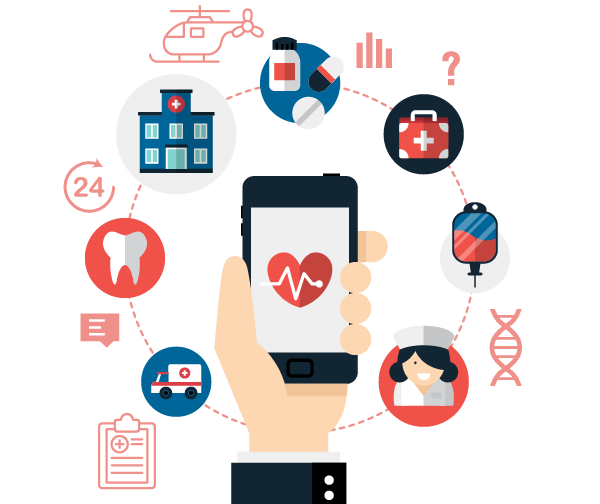
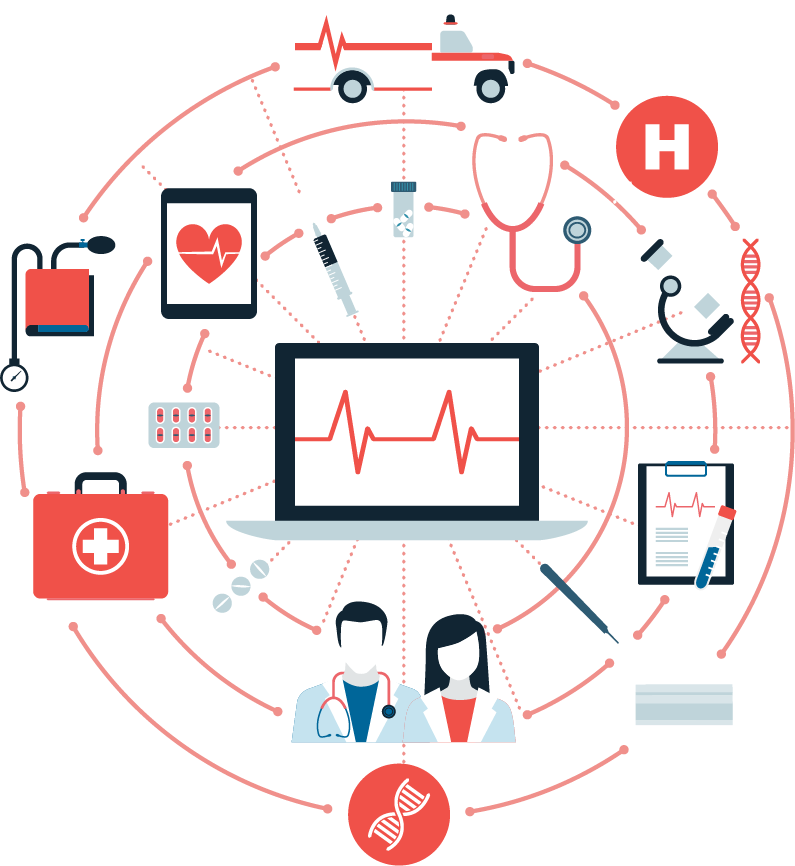
Historically, most healthcare data was in hard copy format or stored in the IT department’s relational database. But with the emergence of wearable, mobile, and web technologies, data comes to the IT department from everywhere, and in every possible format. Legacy physical data warehouses and ETL processes are not equipped to combine such heterogeneous data to extract meaningful information out of it in real time. Electronic health record (EHR) and electronic medical record (EMR) integration poses a significant challenge for many healthcare IT departments. Most importantly, while machine generated or other types of patient data are in motion, maintaining the security and privacy of patient data is of the utmost importance. Modern healthcare IT departments are in dire need of a technology that can generate instant insights based on heterogeneous sources of data while providing end-to-end data security and governance.
Data virtualization is one of the most innovative data integration technologies, and it can combine every possible format of data in real time, with all-encompassing data security and governance capabilities. While healthcare data volumes are growing exponentially, healthcare organizations need 360-degree views of patient health data. They need logical data warehouses, which can combine complex healthcare provider network data and the necessary data services to feed healthcare related information to various stakeholders within the network. The Denodo Platform uses data virtualization to enable 360-degree views and logical data warehouse architectures, while also offering the highest level of privacy and security for patients’ PII data and granular access control for managing clinical data and data lineage information for protection against data breaches.
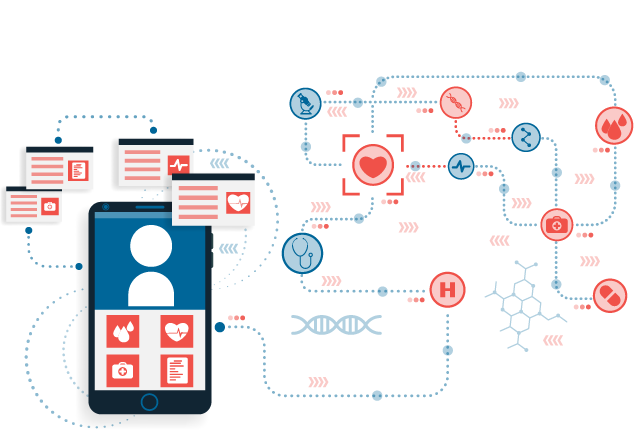
Streamlined payment and reimbursement structures.
Simplified access to integrated data views, even during mergers or divestments.
The highest possible quality of patient care while also enabling patients to access their own data directly through laptops and mobile devices.
Enhanced HIPAA compliance.
Increased ROI, due to flexible data virtualization deployment models.

Lorem ipsum dolor sit amet, consectetur adipiscing elit, sed do eiusmod tempor incididunt ut labore et dolore magna aliqua. Quis ipsum suspendisse ultrices gravida.
Copyright @ b-transform.com. All Rights Reserved